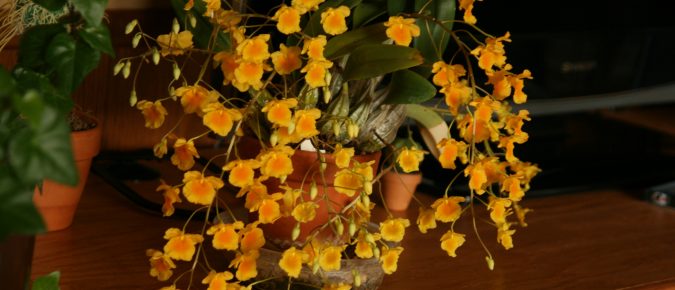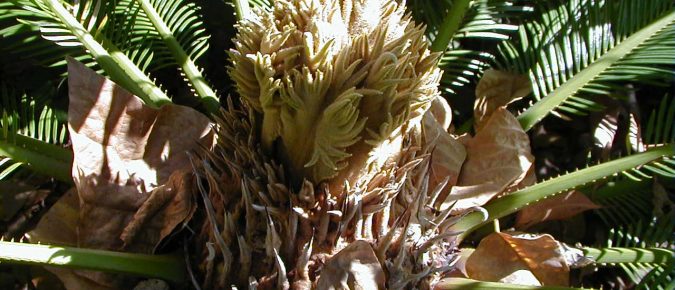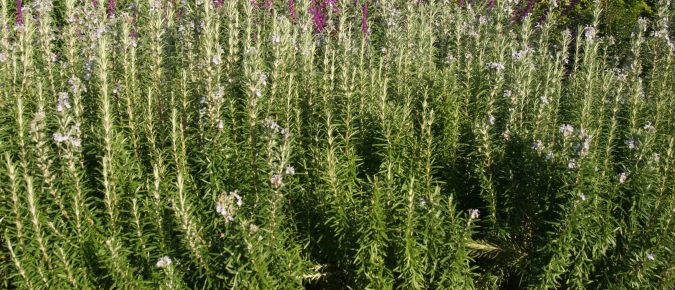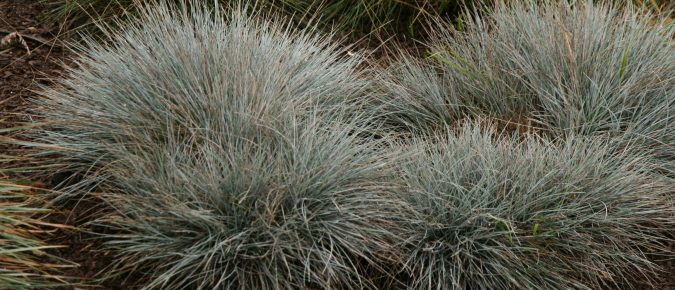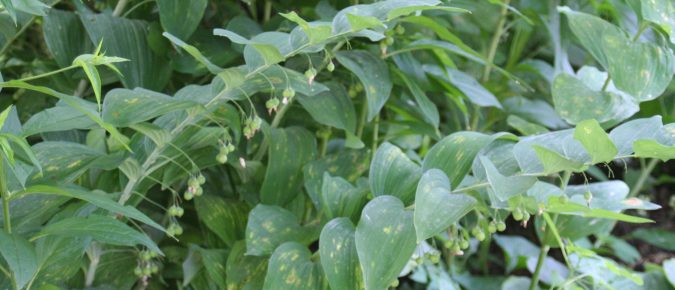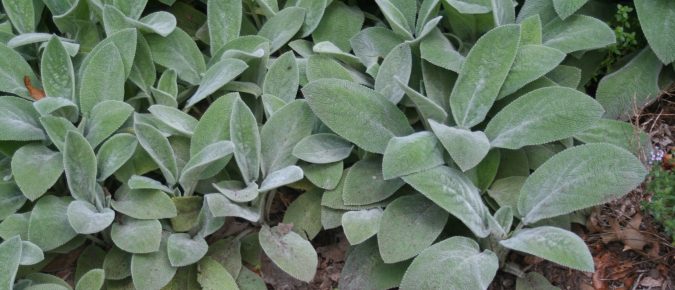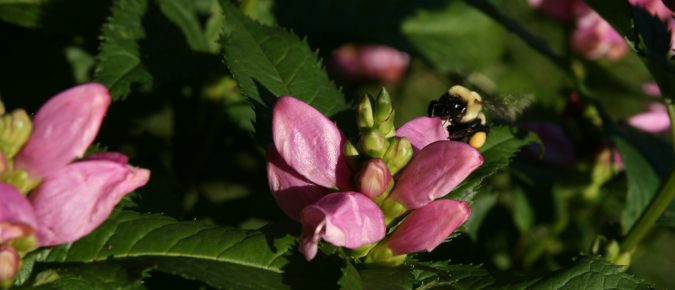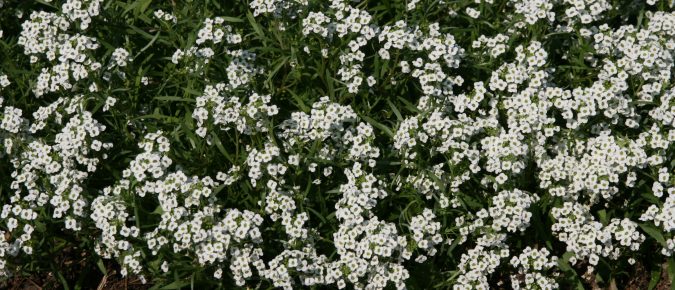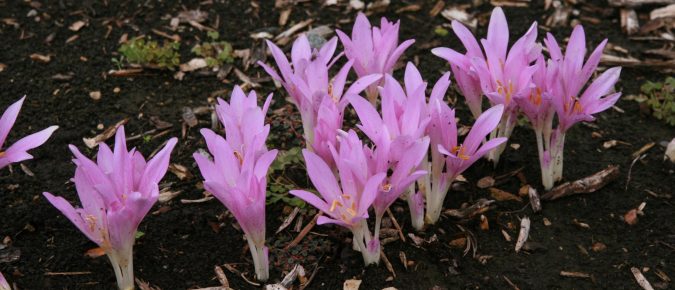Articles

Gardening Articles
Research-based horticulture information to help keep your plants and gardens thriving.
Persian Shield, Strobilanthes dyerianus
Looking to add some drama to your garden? Forget flowers and go with iridescent foliage instead for a real show-stopper! Persian shield is a tender perennial grown as an annual in our climate that has been used since Victorian times for its ornamental foliage. To learn more about this exotic, but easily grown plant, read this article…
Dendrobium lindleyi
If you’re lookign for a miniature orchid with a big flower show Dendrobium lindleyi is the one for you. This compact epiphytic species native to Southeast Asia produces spectacular showers of golden flowers. To learn more about this exotic yet easy-to-grow plant, read this article…
Cycads
Are you familiar with the ancient group of plants called cycads? These “living fossils” have been around since the time of the dinosaurs, although they are no longer as numerous as they once were. These cone-bearing plants hail primarily from the tropics, but many are easily grown as container plants. To learn more about cycads, read this article…
Golden Shrimp Plant, Pachystachys lutea
Pachystachys lutea is a common landscape ornamental in tropical areas, but you can grow it at home. It’s upright, bright yellow to orange inflorescences contrast nicely with glossy, dark green foliage. To learn more about growing this exotic flowering tropical plant as an outdoor seasonal plant or houseplant, read this article…
Rosemary, Rosemarinus officinalis
Rosemary is an aromatic plant with a long history of use as a culinary and medicinal herb. It is easily grown in containers that can be moved indoors for the winter. To learn more about rosemary, see this article…
Hibiscus schizopetalus
Hibiscus is a quintessential tropical flower, with big, brightly-colored blossoms. But there is a species that has very different, pendant flowers with elaborately dissected and recurved petals. Like other tropical hibiscus, Hibiscus schizopetalus is a tender plant that cannot survive our winters but can be grown as a houseplant. To learn more about this species, read this article…
Blue Fescue, Festuca glauca
Blue fescue (Festuca glauca) is a low clumping ornamental grass with blue-green foliage. This cool season grass can be used as a specimen or in masses. This article provides more details on growing this attractive grass in the landscape.
Solomon’s Seal, Polygonatum spp.
Solomon’s seals are woodland plants with arching stems. There are a number of both native and exotic species and cultivars that are used primarily as foliage plants in ornamental shade gardens (as their small hanging flowers are attractive, but relatively inconspicuous). To learn more about the genus Polygonatum read this article…
Stachys byzantina ‘Big Ears’
Lamb’s ears (Stachys byzantina) are a good addition to Midwestern gardens for their silvery foliage. One cultivar that stands out is ‘Big Ears’ for it’s extra large leaves. The leaves of this one aren’t quite as silver as many others, but it offers bold texture in a low mounding plant. To learn more about this big-leafed beauty, read this article…
Turtlehead, Chelone spp.
Looking for a fall-bloomer other than mums or asters? The genus Chelone is a native perennial with the common name of turtlehead from the resemblance of the flowers to the shape of a turtle’s head with its mouth partly open. The various species all bloom in late summer to fall, for a spark of pink, red or white flowers on dark green plants. You can learn more about this genus in this article…
Sweet Alyssum, Lobularia maritima
With billowy white or purple flowers, sweet alyssum is a good addition to annual flower beds or containers. This low-growing plant native to the Mediterranean makes a good ground cover and the sweetly fragrant flowers are attractive to many beneficial insects. To learn more about sweet alyssum, read this article…
Autumn Crocus, Colchicum spp.
Brighten the fall landscape with fall-blooming bulbs – yes, there are some fall-bloomers that thrive in Wisconsin. Autumn crocus is probably the best of these, with large, chalice-shaped flowers in pink or white. The foliage appears in spring and dies back in early summer, leaving the flowers to pop up on their own in the fall. To learn more about this bulb (that isn’t really a true crocus), read this article…


